What is the definition of synchronous wood grain?
After being pushed on the panels, why does melamine paper have a rough feel like real wood?
This is due to the fact that wood grain treatment is done at the same time.
The synchronous wood grain method is what it's called. Stamped steel plates and impregnated melamine sheets are pushed into the grains in layman's terms.
This gives the LVP a natural-looking and-feeling appearance. High-definition imaging technologies and accurate positioning procedures are employed specifically in the grouting process.
A method for synchronizing the texture of wood grain paper with the texture of a steel plate template. When compared to solid wood. Synchronous wood grain veneers have the same natural wood grain texture as solid wood Tactile realism provides a wider range of aesthetic options. Structural stability provides a number of cost benefits.
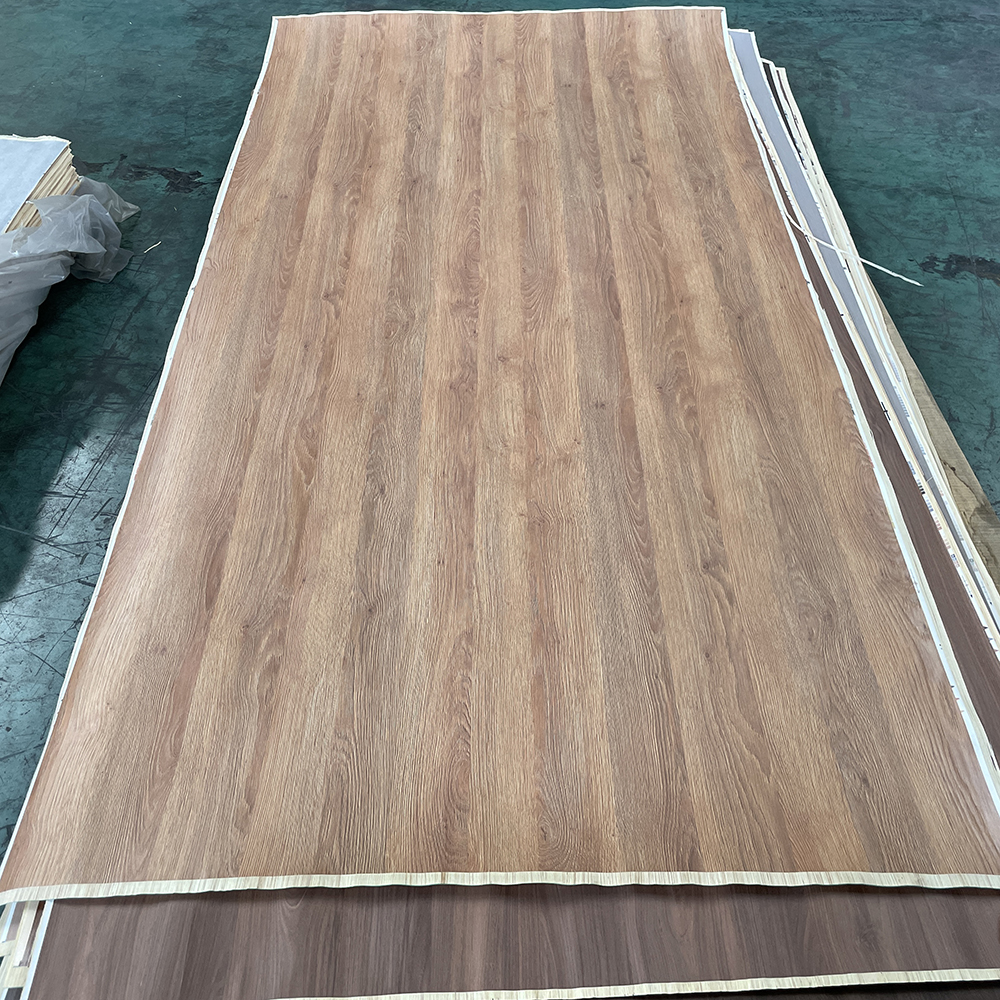
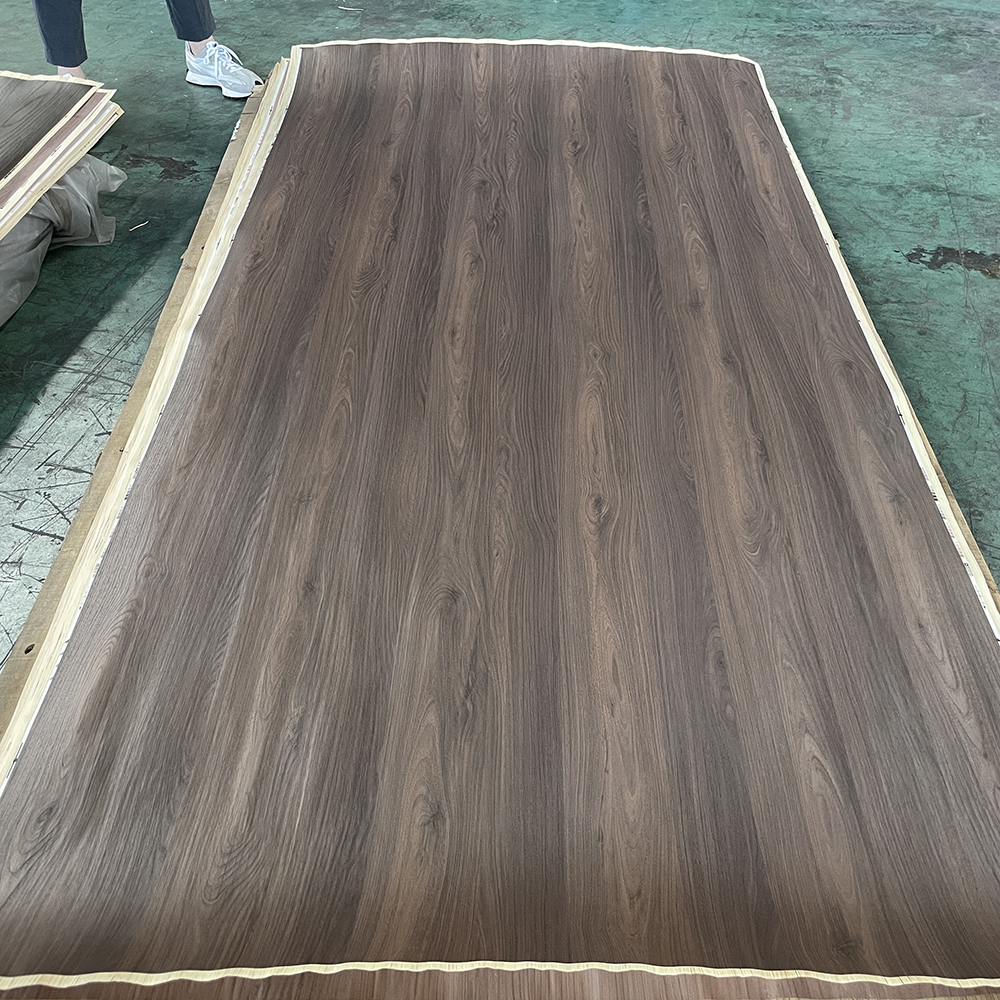
Its delicate texture complements the log's grain.
Especially when it comes to light ray mapping. In both touch and perception, the plate's surface texture is highly lifelike and delicate.
It varies depending on the machining process's quality control criteria.
Veneers may be machined to display a variety of glosses, colors, textures, and stability, among other things.
In comparison to the wood panels' natural grain,
Wood grain veneers with synchronized wood grain offer for further customisation.
Depending on the style, a variety of veneer materials may be created.
There is also greater variety in today's highly personalized décor industry.


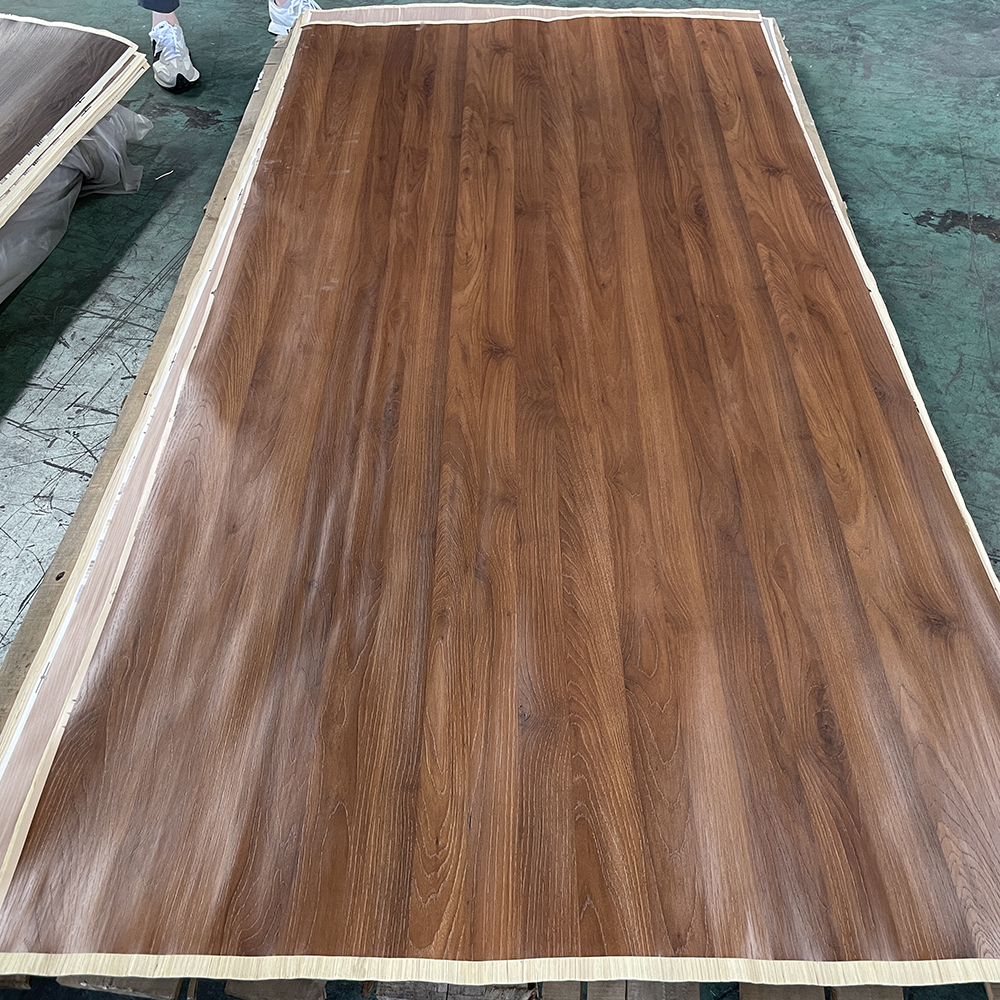
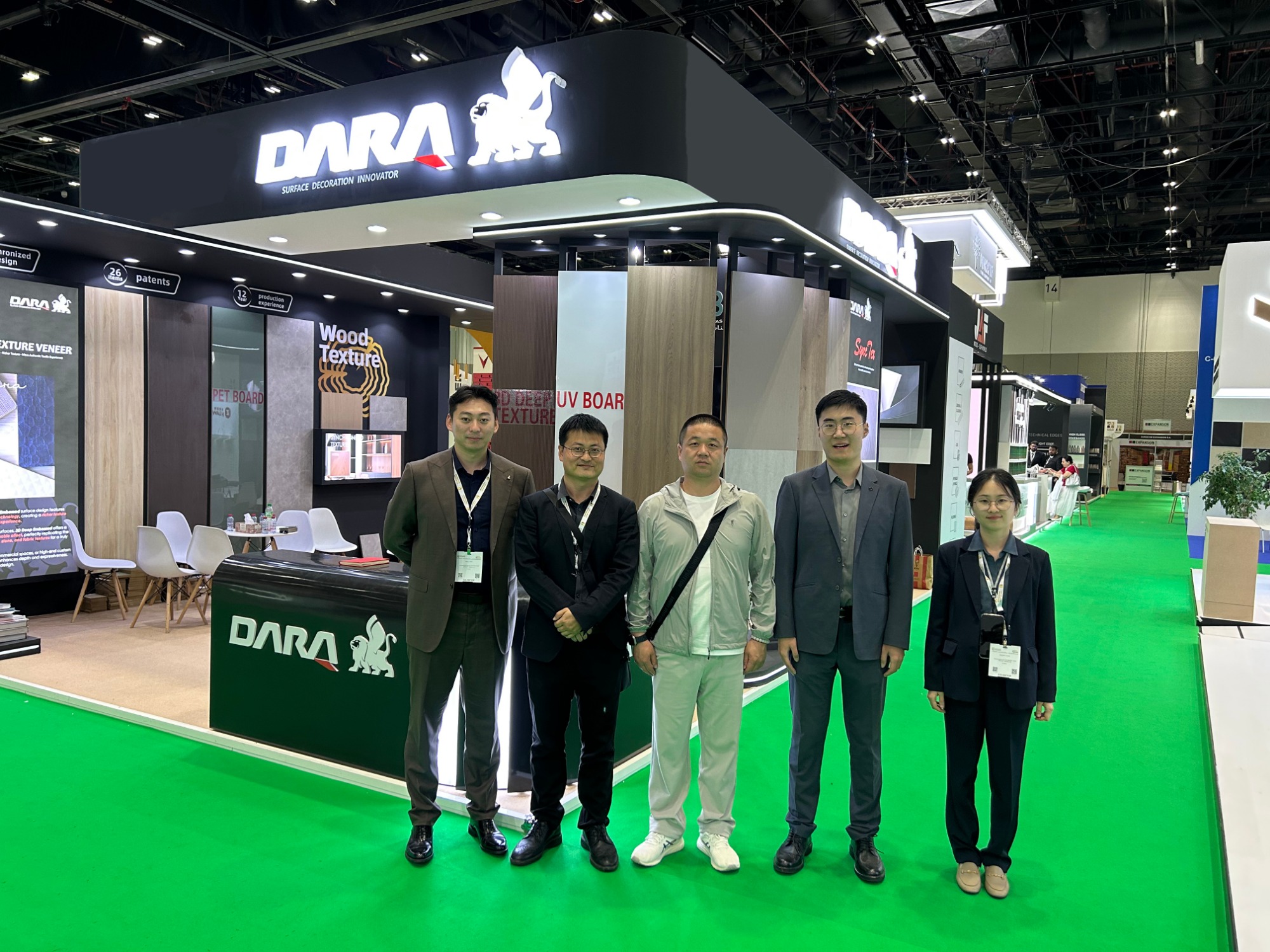 From China to Dubai: A Dialogue Between Wood and the World
From China to Dubai: A Dialogue Between Wood and the World
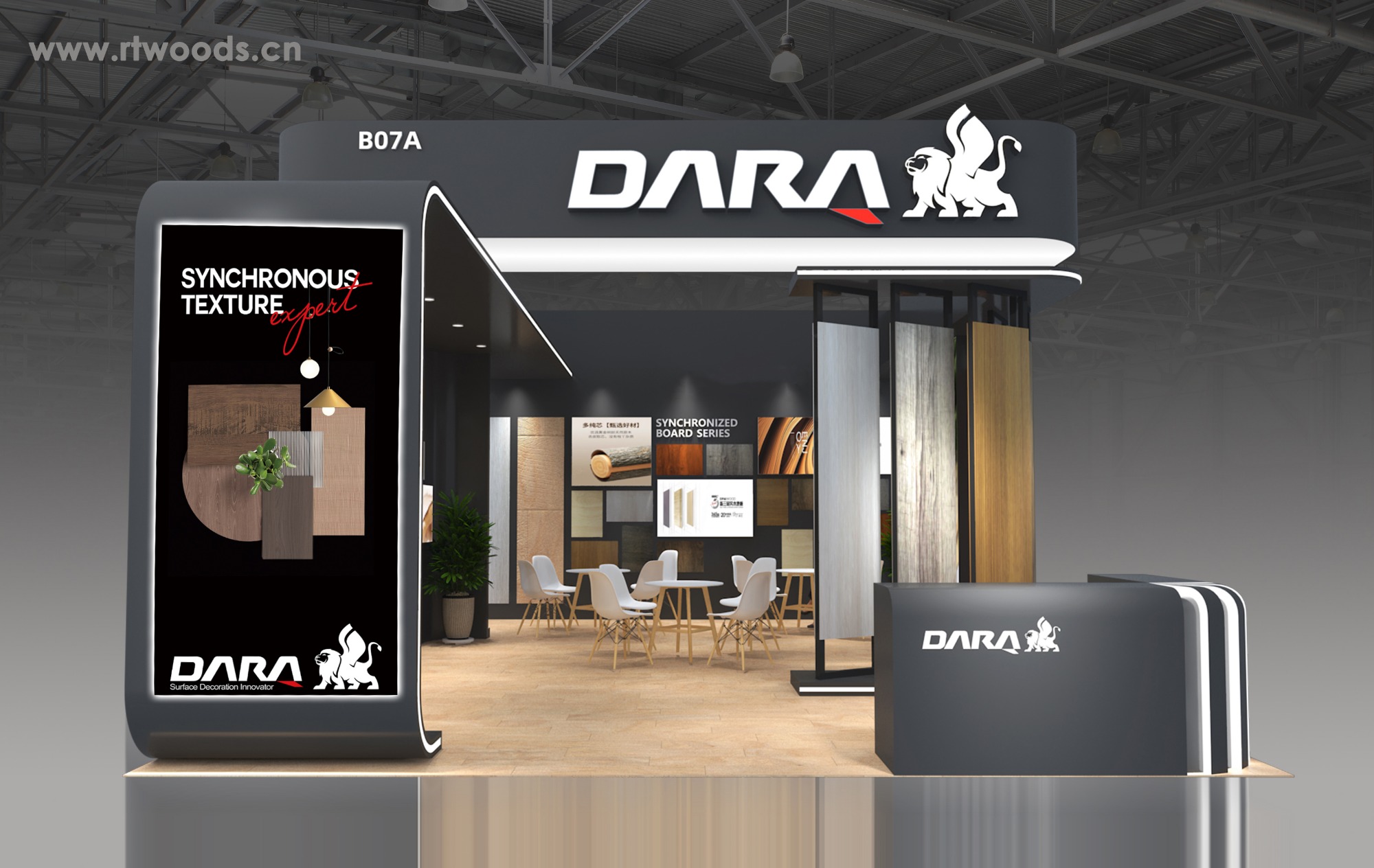 Explore Innovation and New Synchronized Design at the 2025 Dubai International Exhibition!
Explore Innovation and New Synchronized Design at the 2025 Dubai International Exhibition!
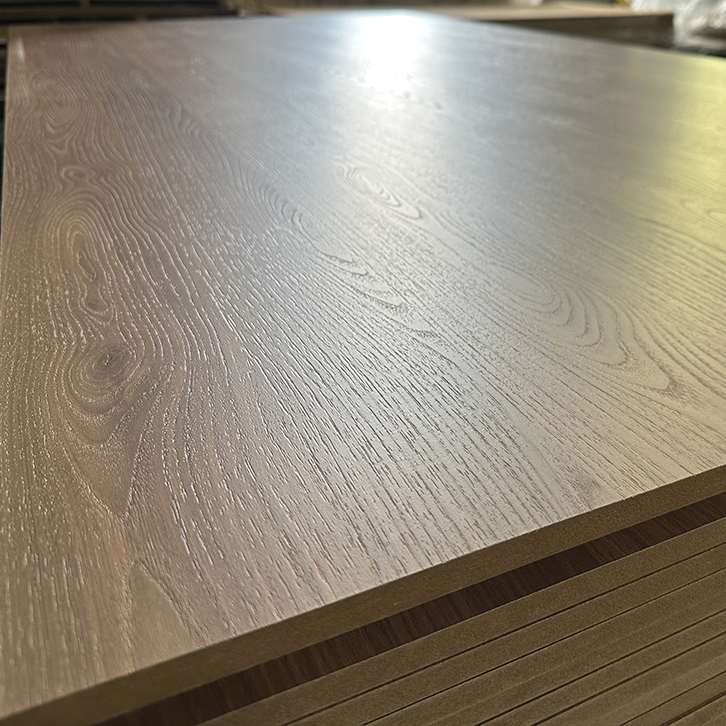 The advantages of synchronized melamine panels
The advantages of synchronized melamine panels
 New product: Melamine recon veneer plywood --- The new solutions for the plywood and block board decorative surface
New product: Melamine recon veneer plywood --- The new solutions for the plywood and block board decorative surface